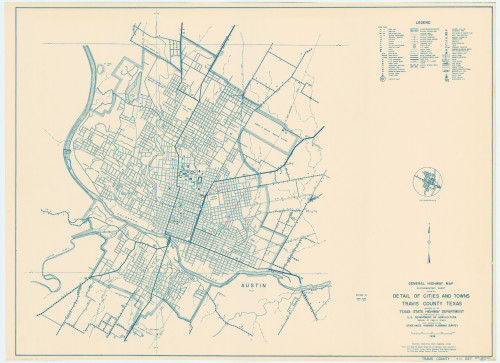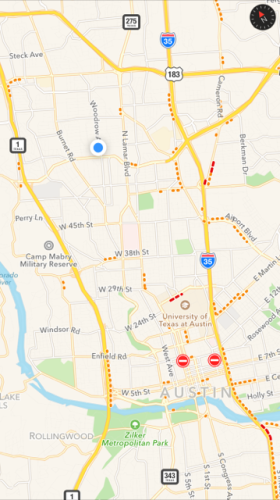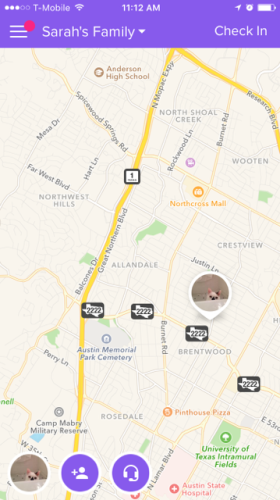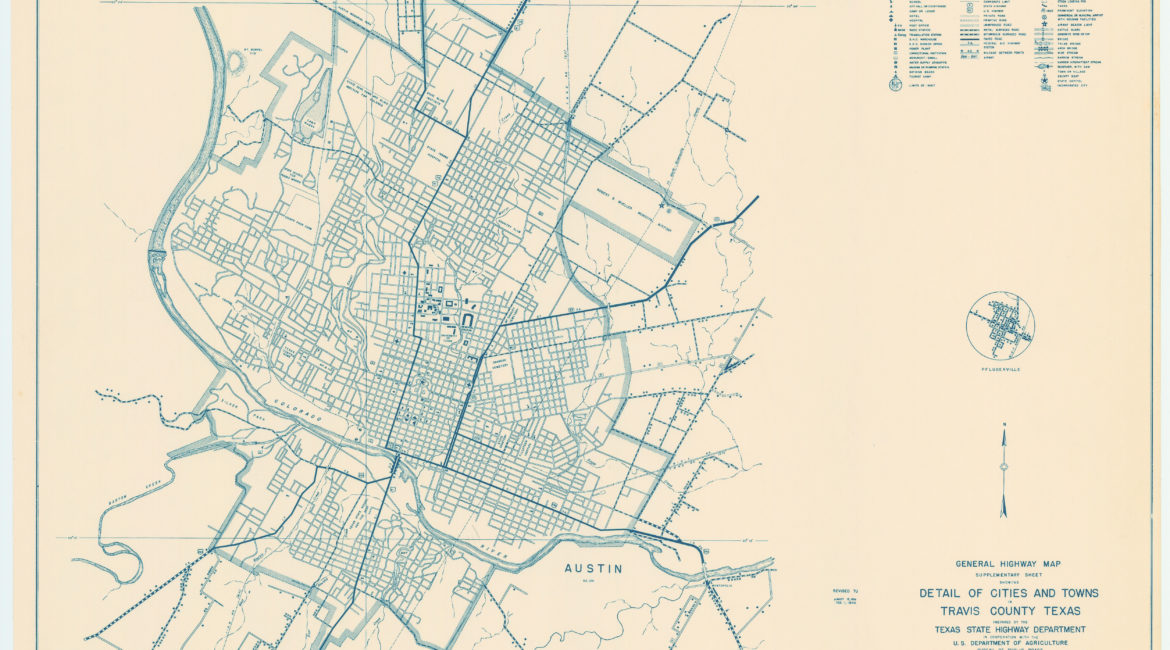[cs_content][cs_section parallax=”false” style=”margin: 0px;padding: 45px 0px;”][cs_row inner_container=”true” marginless_columns=”false” style=”margin: 0px auto;padding: 0px;”][cs_column fade=”false” fade_animation=”in” fade_animation_offset=”45px” fade_duration=”750″ type=”1/1″ style=”padding: 0px;”][x_blockquote cite=”Rebecca Solnit” type=”left”]“One does not get lost but loses oneself, with the implication that it is a conscious choice, a chosen surrender, a psychic state achievable through geography.”[/x_blockquote][cs_text]
People have told me that I have a good sense of direction. I attribute this to being the navigator during road trips when I was little, before there was GPS or Google or MapQuest or Yahoo Maps. Last semester, while researching augmented reality within locative media and speculating as to its future, maps struck me as things that deserve a second look. What sorts of deeper implications are there for kids who grow up only ever seeing themselves as a little blue dot? What does it mean when we can constantly be “found”?
“Locative media” is any digital media that is bound to a location by the nature of its design. I write this as I sit in my house in Austin, a sparsely decorated three-bedroom in Brentwood that my landlord plans to tear down and turn into a duplex. Needless to say, I will have to move soon. So here I am, precariously situated in this house, unbound to the location, after having just talked to my best friend in Fairbanks, Alaska, about our plans to return to California next month. When I moved to Austin in August 2015, it was my second major move in one year, and my fourth major move in four years. All the while, I am a little blue dot hovering around on Google Maps:

Knowing your location implies a map. Or does it?
Having GPS on my phone means that, while I’m maneuvering myself around these various locations I never feel bound to, there is never really any excuse to be lost. Where I used to hover over paper maps on road trips in unusual parts of the county, in a certain way, nothing ever really feels unusual anymore, because I can look down at my phone and see exactly where I am at any time. I feel bound to the location through my iPhone as an anchor. With location-based services and locative media, there is never really any reason to be lost.
Here are just a few of the things you do every day that are tied to digital location-based services: post on social media, conduct a financial transaction, send a text or make a phone call, use your email, order something online, take a photo, and [insert pretty much any action here].
Alan MacEachern, Professor of Geography at Pennsylvania State, notes that while cartography should be “at the center of the dramatic increase of place in every facet of our lives.” It isn’t. He goes on to cite examples as the 2012 ESRI conference attracting 15,000 attendees but the International Cartographic Conference only pulling in about 1300. He uses this to suggest that this is not dire news for the field, but that more attention needs to be given to the basis of interactions with locative media: basic map design.
Maps are everywhere but they are also nowhere: they are less and less representations than they are interfaces. Aside from Google Maps itself, Life360 is a great example of this; an app that constantly relays your location to family members who you choose to share it with.

In “Cartography as an Academic Field: A Lost Opportunity or a New Beginning?” MacEachern, who has been studying maps for decades, issues a call to action:
“As with support for analytical reasoning, a science of map-based interaction is essential in order to develop strategies for designing effective interactive interfaces to computational methods. We need guidelines for design of map interaction that are comparable to those for design of the look of maps and we need to determine how the appearance of maps needs to dynamically adapt to support iterative work with computational methods.”
This attention to design comes up again and again in theoretical work on augmented reality, locative media, and really anything we interact with digitally. The disconnect seems to lie in the fact that the people who spend their lives thinking about maps aren’t always the ones who are writing the software. This is continually an issue in fields with a technology gap, where a lack of serious coding knowledge is something that hinders action.[/cs_text][/cs_column][/cs_row][/cs_section][/cs_content]


